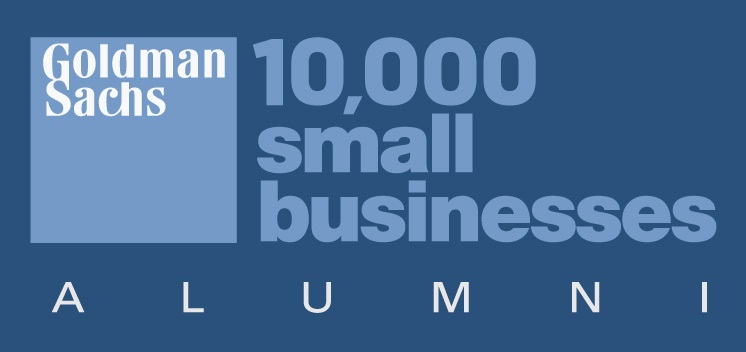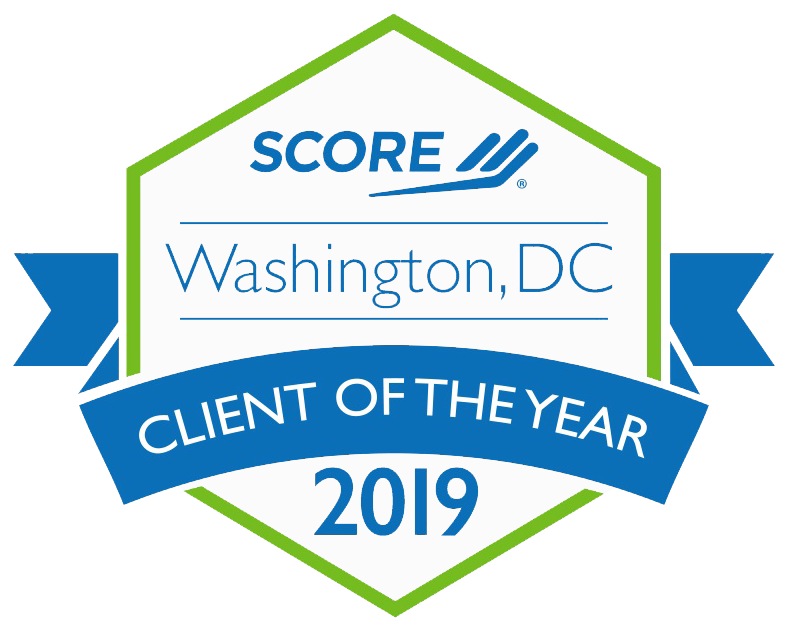It’s the age-old “chicken or the egg” question, a brain teaser and an example of the cycle of life. As we all know, having access to information upon preparation of a grant application is essential to the success of the proposal. How can any application (large or small, federal or private) be successful without essential elements such as the organization’s mission, evaluation plan, description of the program and statement of need? However, beyond these elements, which are crucial to the success of the proposal, what about the budget? Does the budget request drive the focus of the application, or does the narrative paint a picture and then the budget supplements these words? Let’s review to think through the importance of both throughout the pre-application process.
First comes narrative
The application narrative should encapsulate the organization’s need, project/program design and capacity to implement the funding requested. In an ideal world, this should directly align with the organization’s mission and vision, as well as the strategic plan. In what instances should the narrative be prepared before the budget?
- The funder does not request a budget (i.e., this is a letter of intent or short application).
- The request is for general operating support, and therefore a specific programmatic or project description is not required.
- The budget section is completely separate from the narrative.
No wait, let’s start with the budget
However, the budget is crucial as it lays out the specific financial request in detail for the funder. This information guides the presentation of the application and is interwoven into the request, as references to the budget are made throughout the application narrative. In what instances should the budget be prepared before the narrative?
- The funder requests specificity pertaining to how funds should be spent.
- The request is for a specific program or project.
- The application is focused a great deal on the budget, and in many cases contains references as to how the funds will be spent (via job descriptions, timelines, project design, logic models), which requires a prepared budget.
Before pursuing any grant, make sure you have an understanding of the funding request and the information you need to compile. While the budget can often be the last item completed, this may actually end up hurting your chances of success due to the integration of the narrative and budget elements. If your application does not flow, it will showcase inconsistencies and lack of cohesion. The more you understand the type of application and creating a checklist of what to prepare in advance, the greater your chances of success.
This post originally appeared on the Grant Professionals Association Blog





